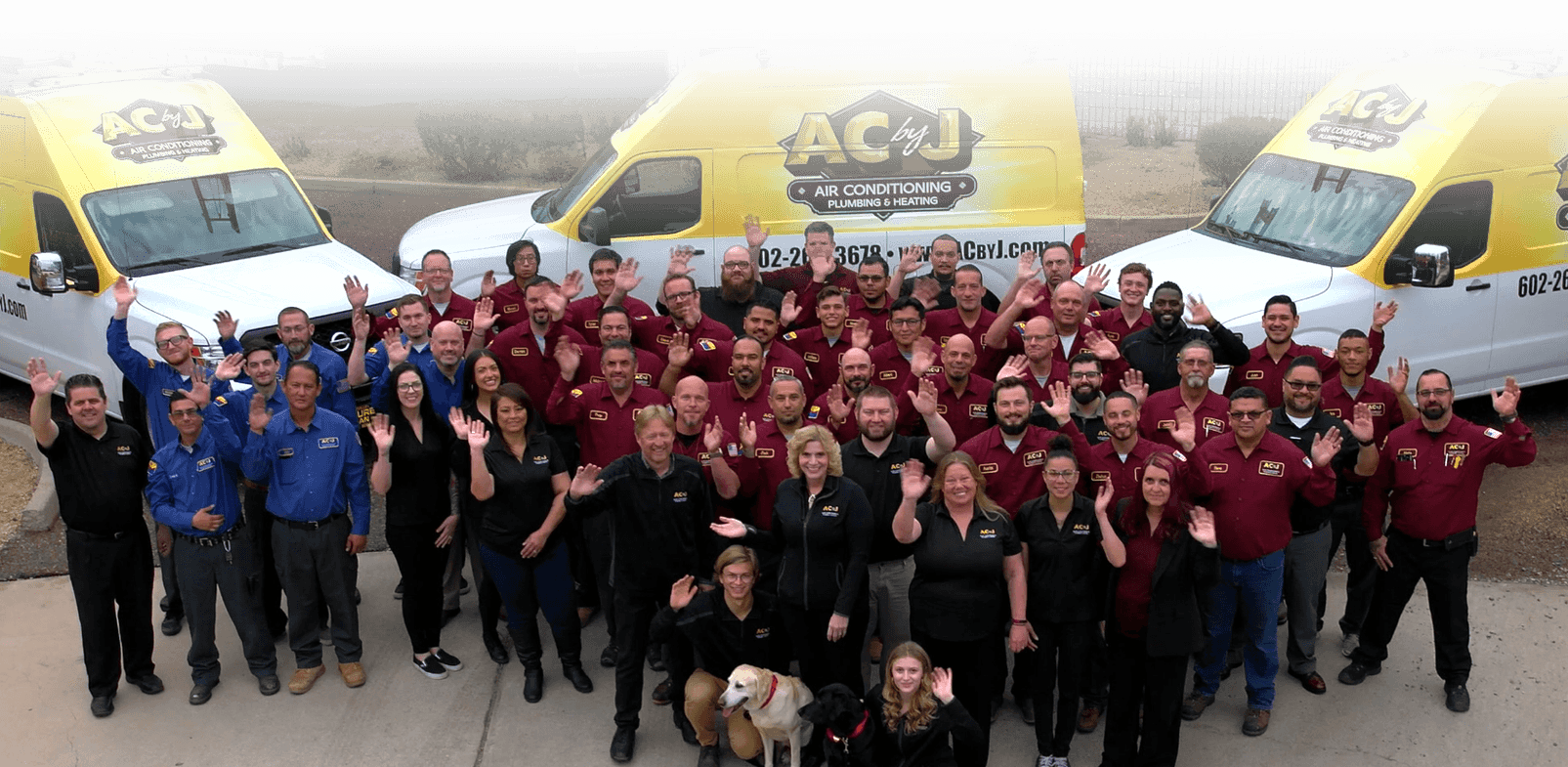If one looks at the plumbing under the sink, you’ll see a curved pipe affixed to the drain. In almost all instances, this pipe appears in the shape of an inverted letter “P” with a horizontal part that leads into the wall, where the plumbing drain is located. Because of its “P” design, the trap keeps a small amount of water after the drainage use. The curve holds a small pool of water that seals out gases rising from the sewer back into the occupied part of the residence. It is a fact that all plumbing fixtures including sinks, showers, and toilets must be designed with either an internal or external trap.
P traps also protect your home from plumbing under sink sanitation issues involving lines that lead into the sewer or a septic tank. Back in the 1870s, the medical establishment came to a consensus about the connection between germs and diseases. At that time plumbers were often more highly regarded than doctors when it came to ensuring the health of the general public.
Plumbing technology was also advancing and it was discovered one could completely block vermin and sewer gases from getting into the home with a simple water seal under each plumbing fixture. Fixture traps used to come in two variations: the S-trap and P-trap. They got the names because the bend in the piping looks like those letters in the alphabet. Over time, S traps were eliminated in favor of P traps because S traps can siphon water out of the trap as the water flows down the drain. On a properly installed P trap, there is a vent at the same place the drain turns downwards, which stops the siphon.
It is this plumbing under sink water seal that prevents sewer gas from coming up into the home. Sewer gas can contain many noxious odors and germs which at the least, may smell like rotten eggs and at the worst, can spread deadly diseases. The bend (trap) built into the plumbing line forms a barrier of water. At the bottom of the trap is a small cleaning tap that can be used to remove clogs, and other debris, that the bend in the trap has accumulated.
Water is the thing that makes a P trap work. If the P trap becomes dry, then those odors can start to come into the residence. If you can smell a foul odor from a drain, run some water down it to fill the P trap back up. Almost always, waste is able to travel through the P-trap very successfully. The P trap is designed to create a continuous flow and there is almost always enough water to accomplish this. Some things can be built up over time and cause a clog in the drain. This can be fixed fairly easily through cleaning or replacing the P trap.
So many sinks are built into cabinets. The one opens the cabinet doors and sees that curved pipe hanging directly in the middle of all that storage space. But remember, the next time you’re ready to curse that stupid curved plumbing line under your sink, be aware it is (literally) a “lifesaver”.
AC by J, one of the most trusted names in HVAC, can now help with all of your plumbing problems! If you have any plumbing issues, let AC by J help! We have an “A+” Rating with the Better Business Bureau and Five Star Rating on Google Reviews. Plumbing customers get the same Three Hours or it’s FREE Response Time Guarantee for emergencies that our HVAC customers get. Be sure to tell us what blog, or social networking page, you saw us on for $100.00 OFF any plumbing job! Call us or book online right here.





